Dental Stem Cell Implants | Dental Arts
Key Highlights
· Dental stem cell implants represent a revolutionary approach to dental care, leveraging the human body's natural regenerative capacity.
Introduction
Understanding Dental Stem Cell Implants
The Science Behind Dental Stem Cell Technology
The Evolution of Dental Stem Cells in Dentistry
The Process of Dental Stem Cell Implantation
Initial Consultation and Assessment
Harvesting and Preservation of Dental Stem Cells
The Implantation Procedure
Benefits of Choosing Dental Stem Cell Implants
Regenerative Capabilities and Oral Health
Dental Stem Cell Banking: Securing Your Future
What Is Dental Stem Cell Banking?
How to Choose the Right Dental Stem Cell Bank
Potential Applications of Dental Stem Cells Beyond Dentistry
Regenerative Medicine and Therapeutic Uses
Future Directions in Stem Cell Research
Preparing for Your Dental Stem Cell Implant Procedure
What to Expect During the Consultation
Post-Procedure Care and Maintenance
Conclusion
Frequently Asked Questions
What are the risks associated with dental stem cell implants?
How long do dental stem cell implants last?
Can anyone get dental stem cell implants?
How much do dental stem cell implants cost?
What makes Dental Arts of Cherry Hills unique in offering dental stem cell implants?
https://doi.org/10.1016/j.heliyon.2019.e01560
https://doi.org/10.1159/000523896
https://doi.org/10.1038/cdd.2012.26
https://doi.org/10.1089/scd.2011.0252
https://doi.org/10.1016/j.bone.2015.11.012
https://doi.org/10.1186%2Fs13098-019-0417-y
https://doi.org/10.3389/fbioe.2023.1254506
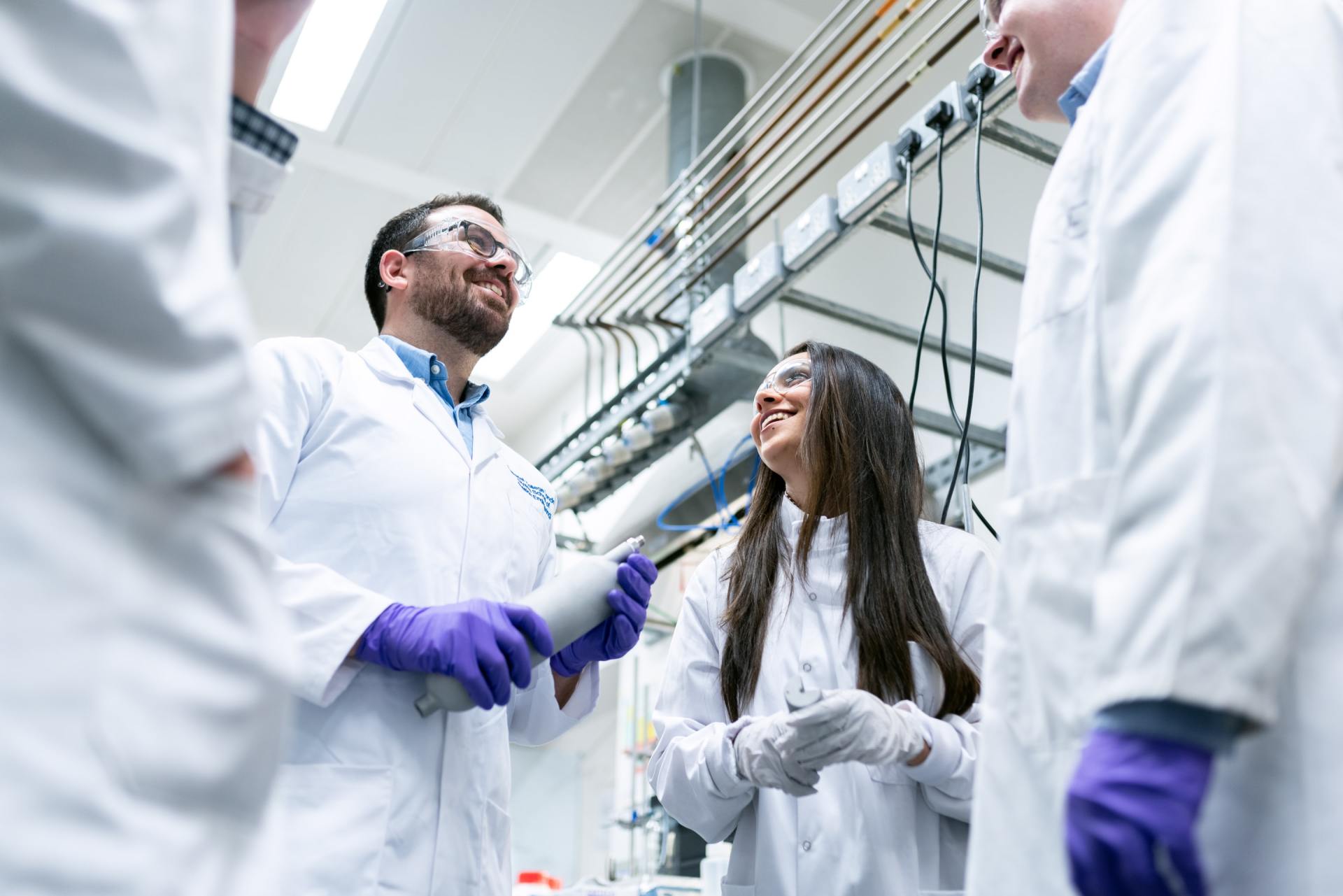
Slide title
Write your caption hereButton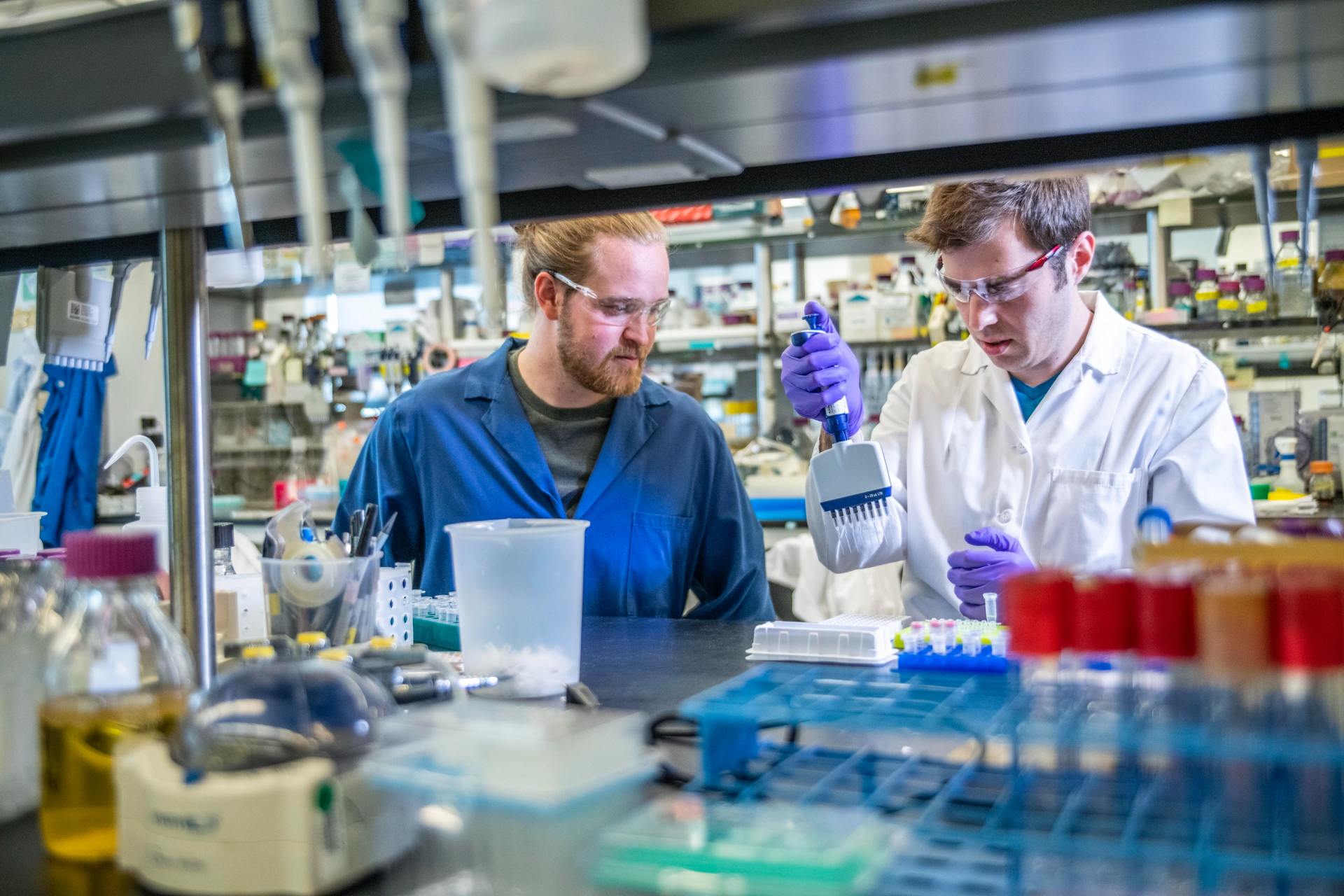
Slide title
Write your caption hereButton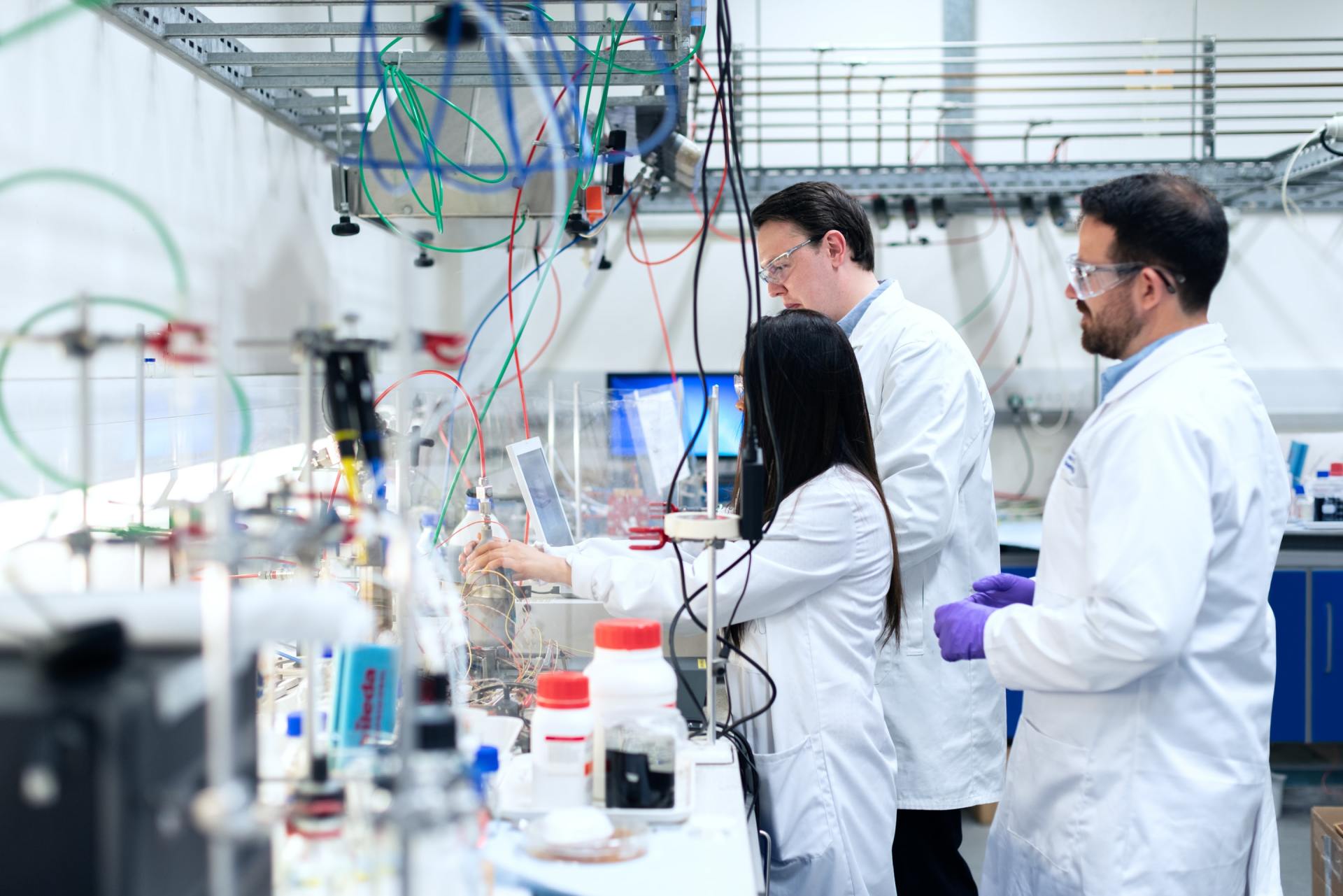
Slide title
Write your caption hereButton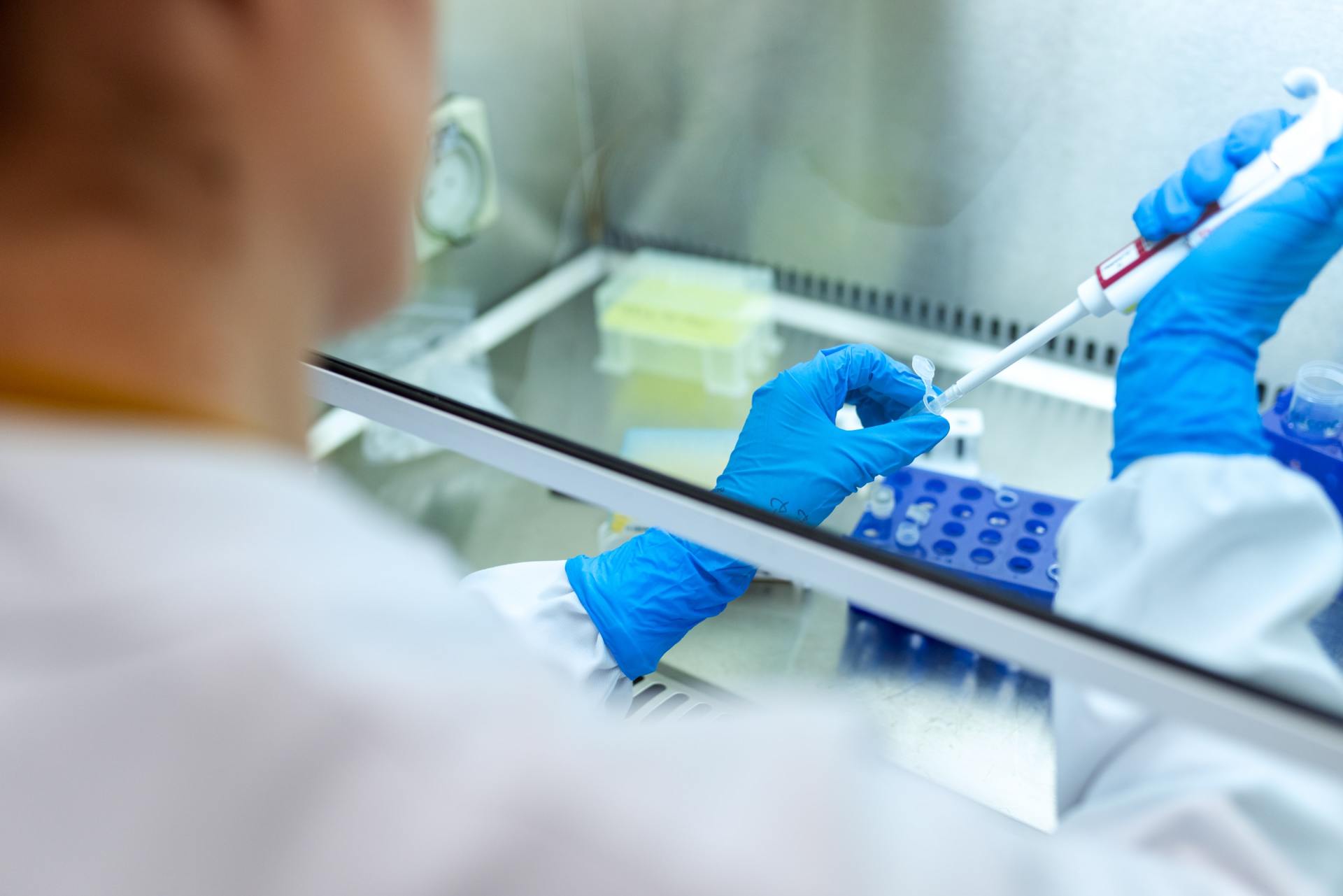
Slide title
Write your caption hereButton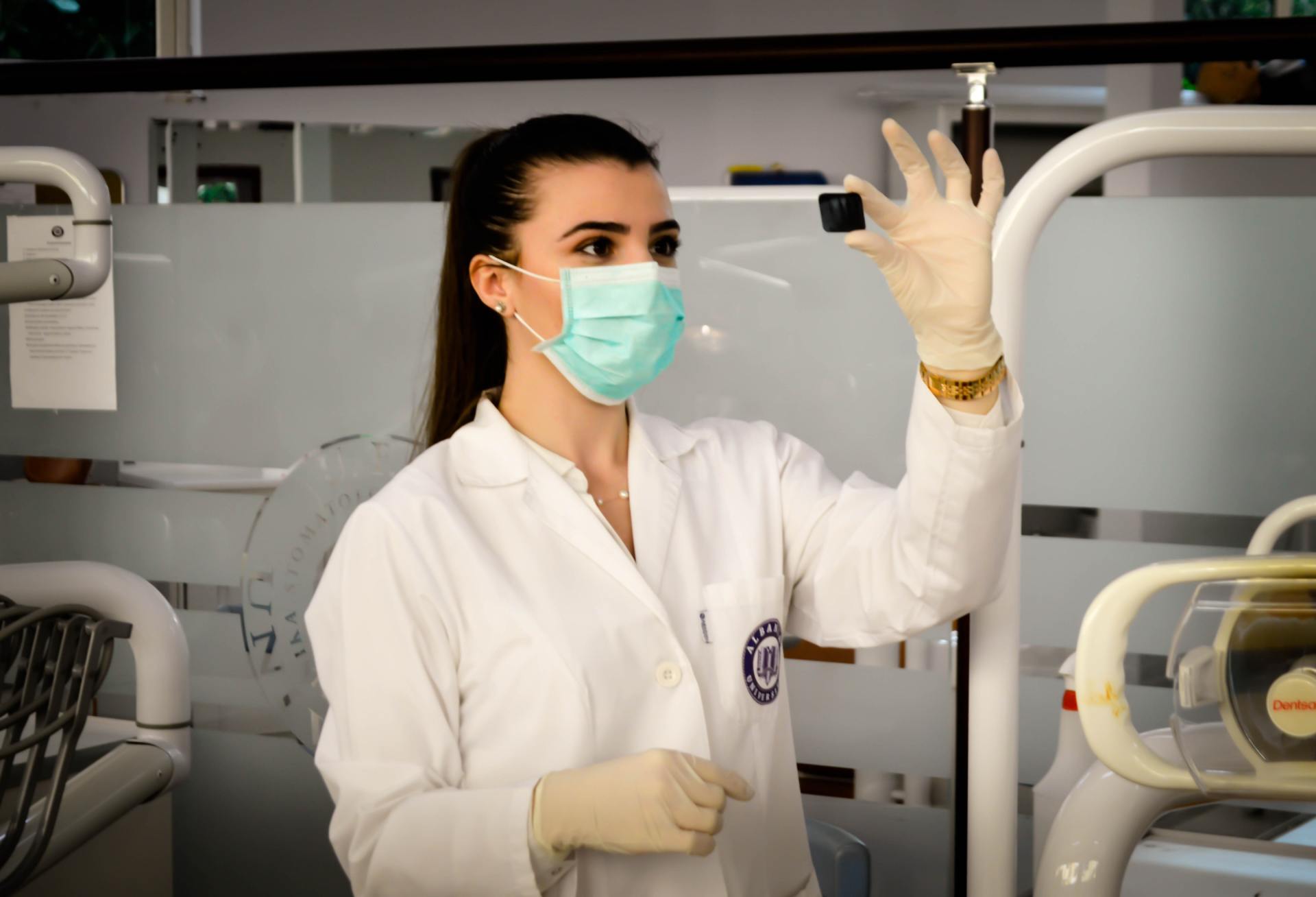
Slide title
Write your caption hereButton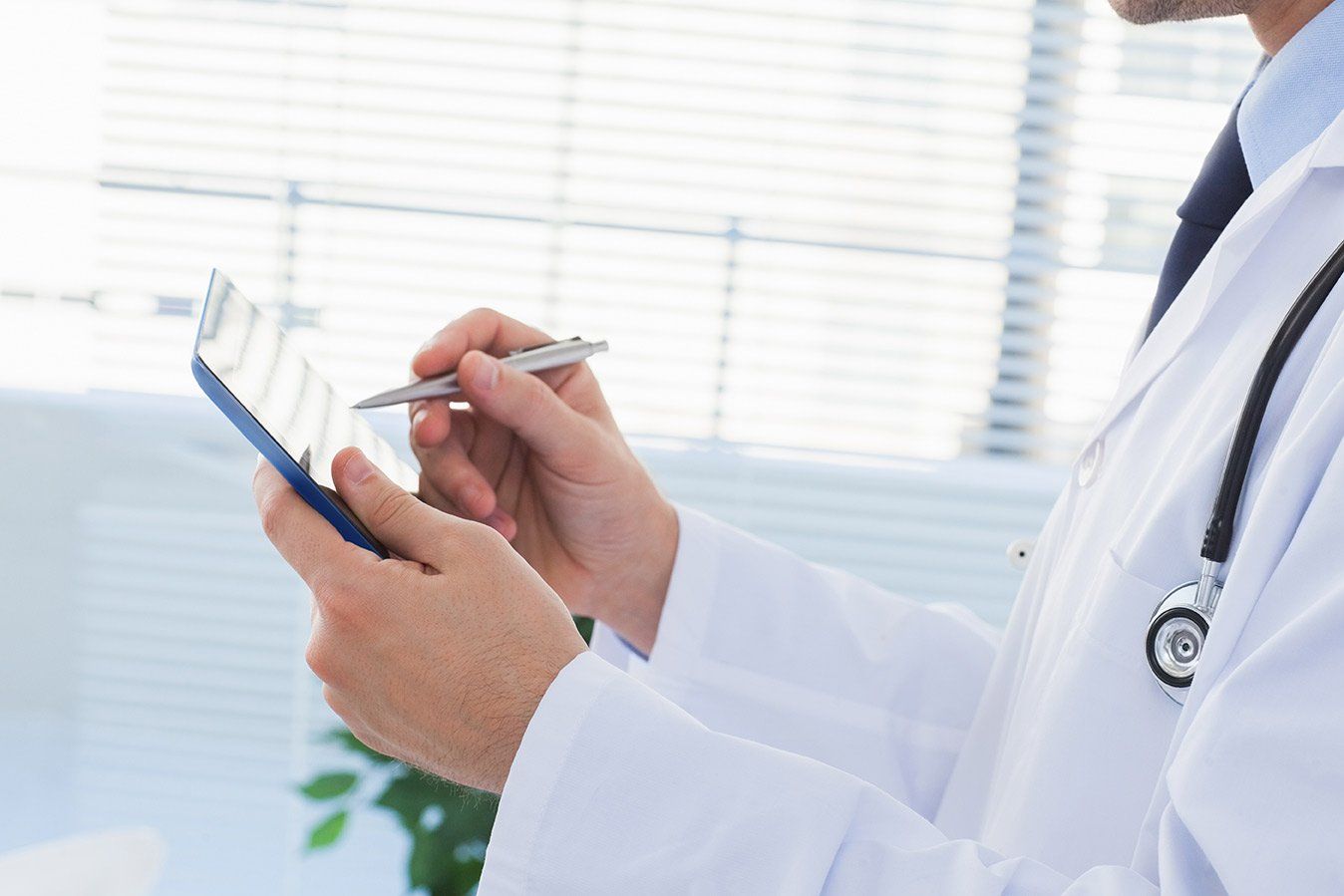
Slide title
Write your caption hereButton
Slide title
Write your caption hereButton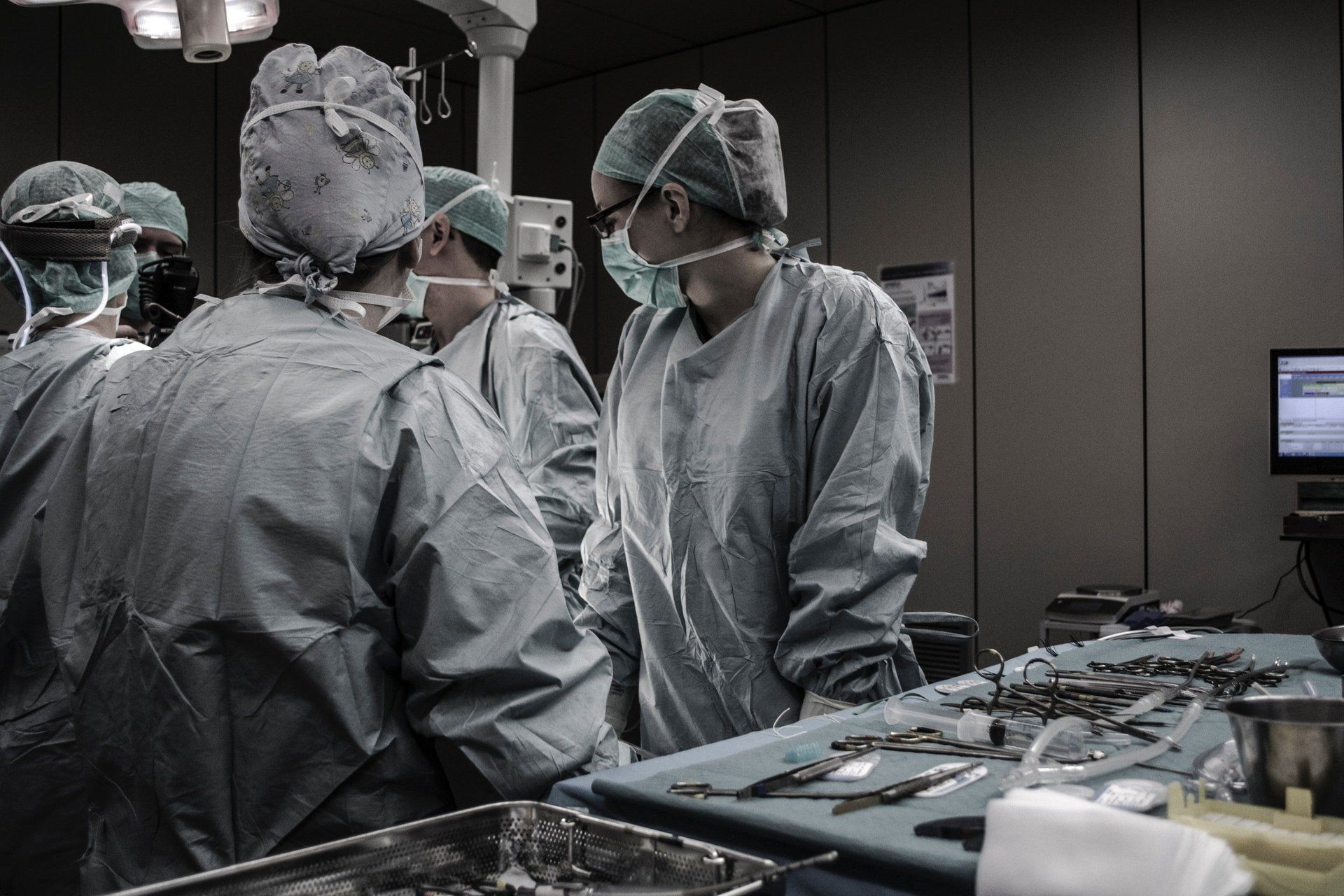
Slide title
Write your caption hereButton
Slide title
Write your caption hereButton
Slide title
Write your caption hereButton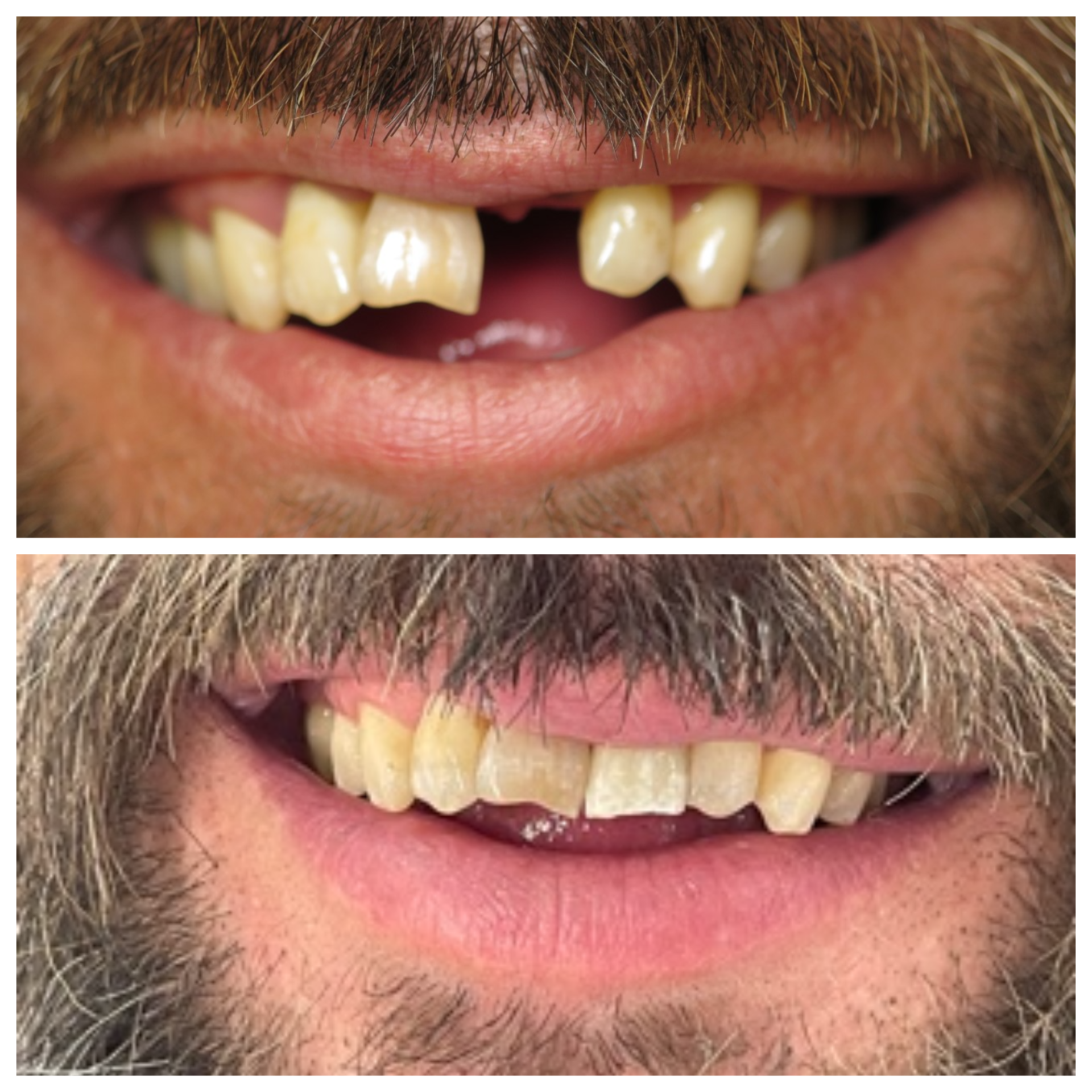
Slide title
Write your caption hereButton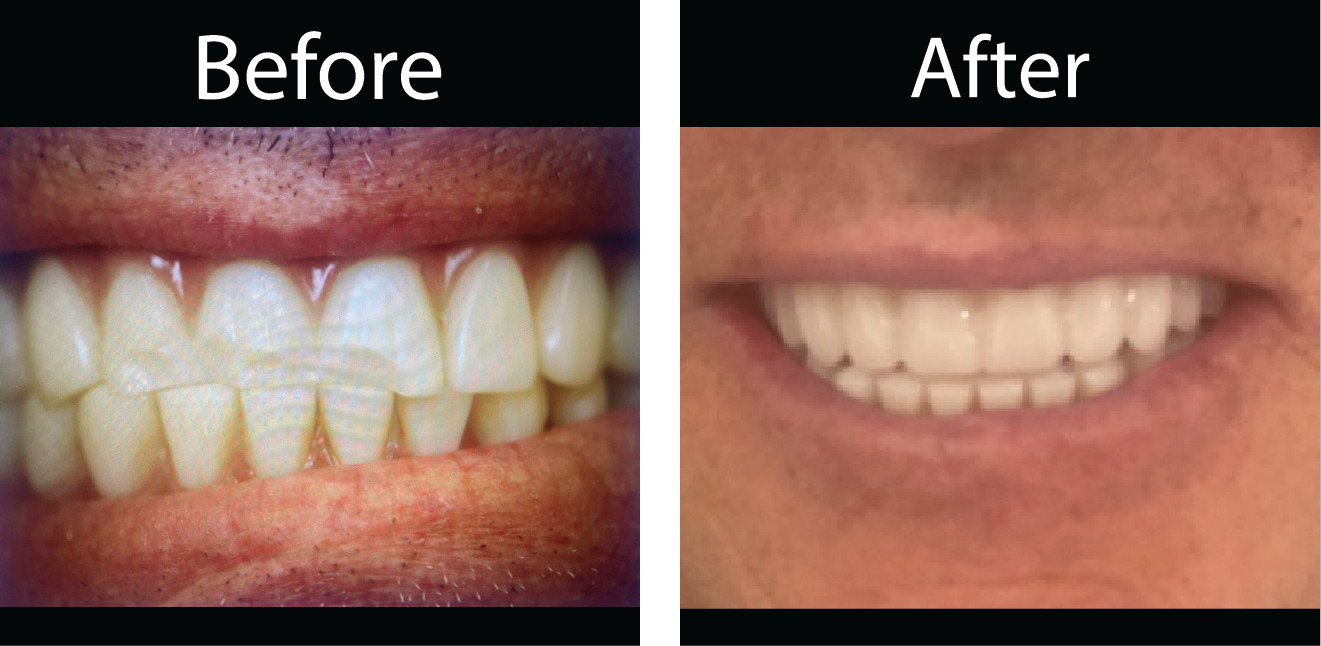
Slide title
Write your caption hereButton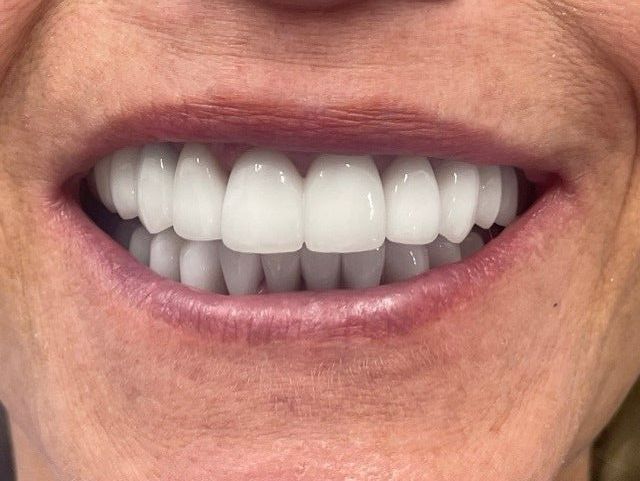
Slide title
Write your caption hereButton
Slide title
Write your caption hereButton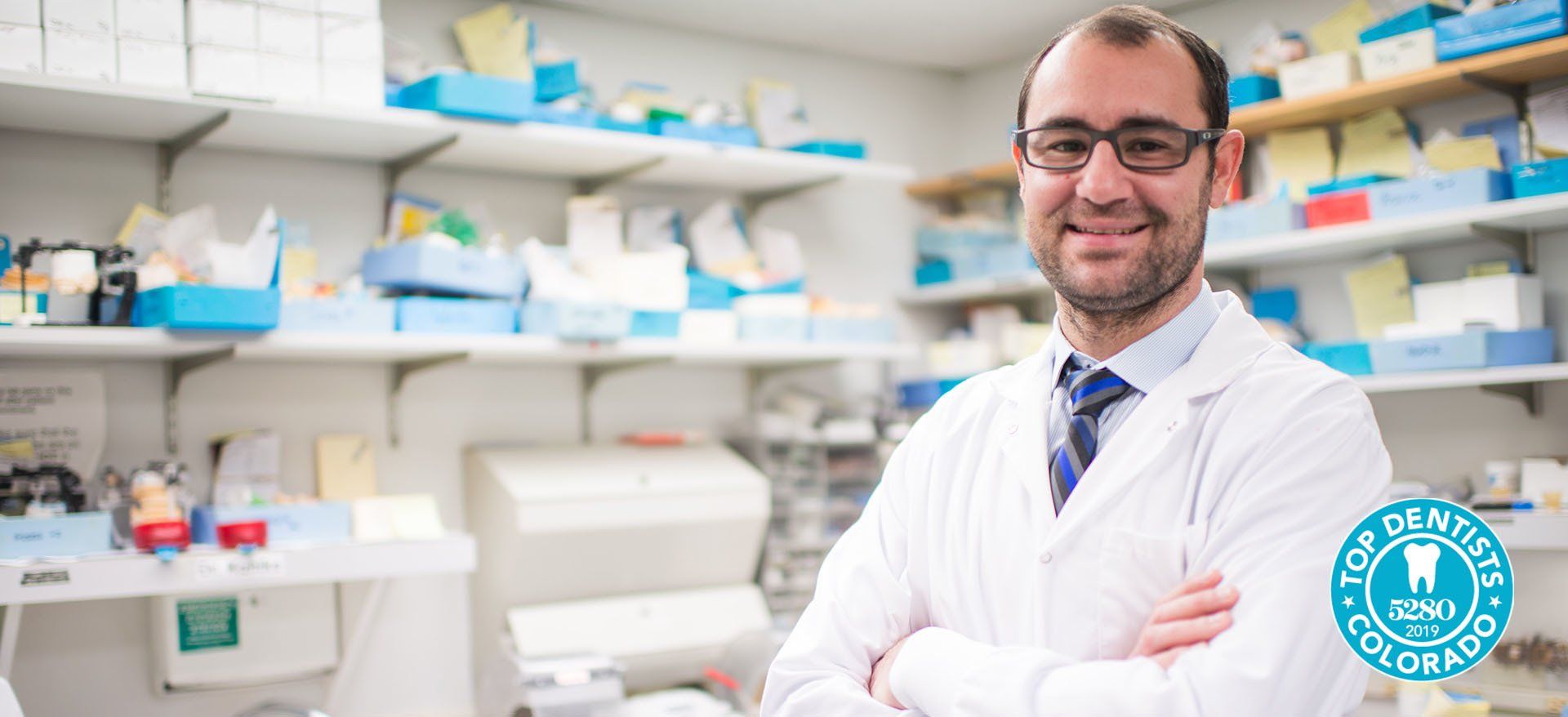
Slide title
Write your caption hereButton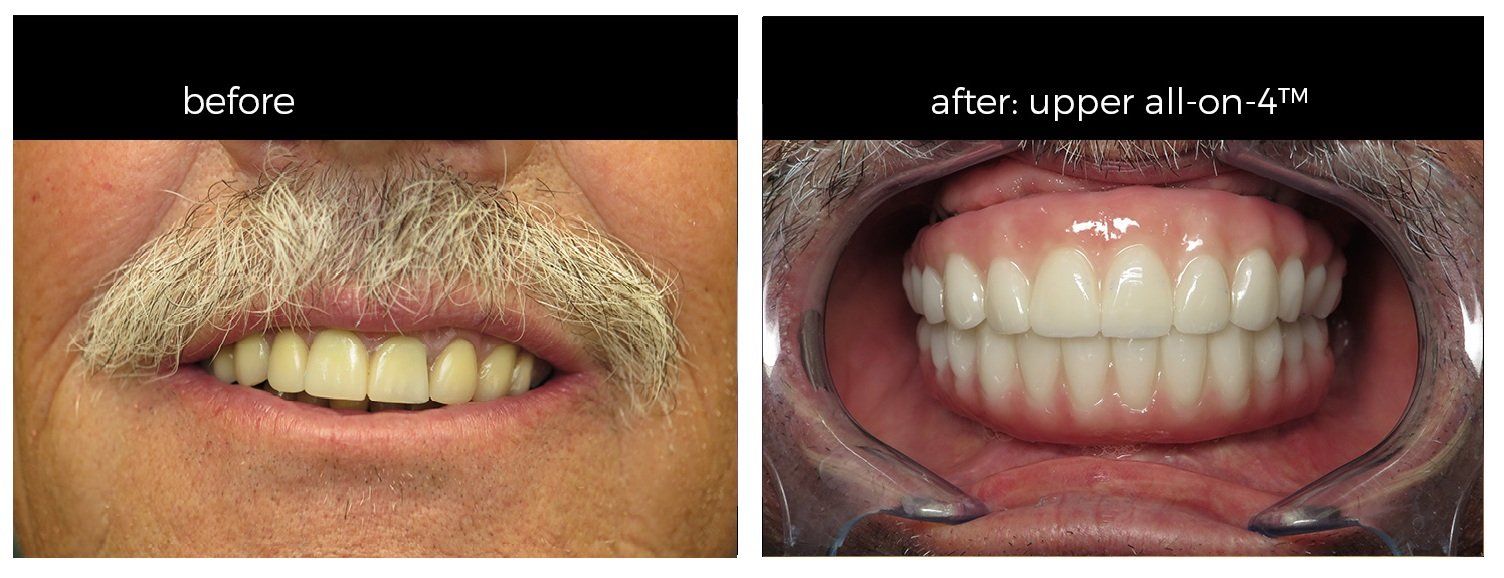
Slide title
Write your caption hereButton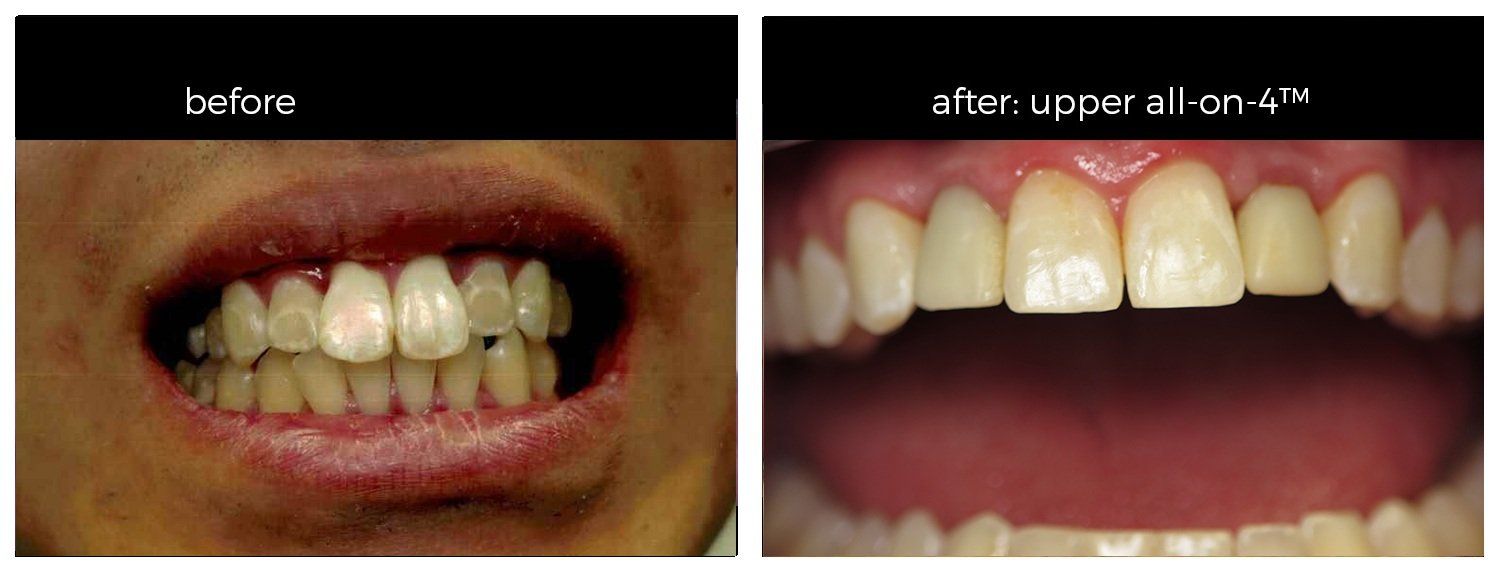
Slide title
Write your caption hereButton
Slide title
Write your caption hereButton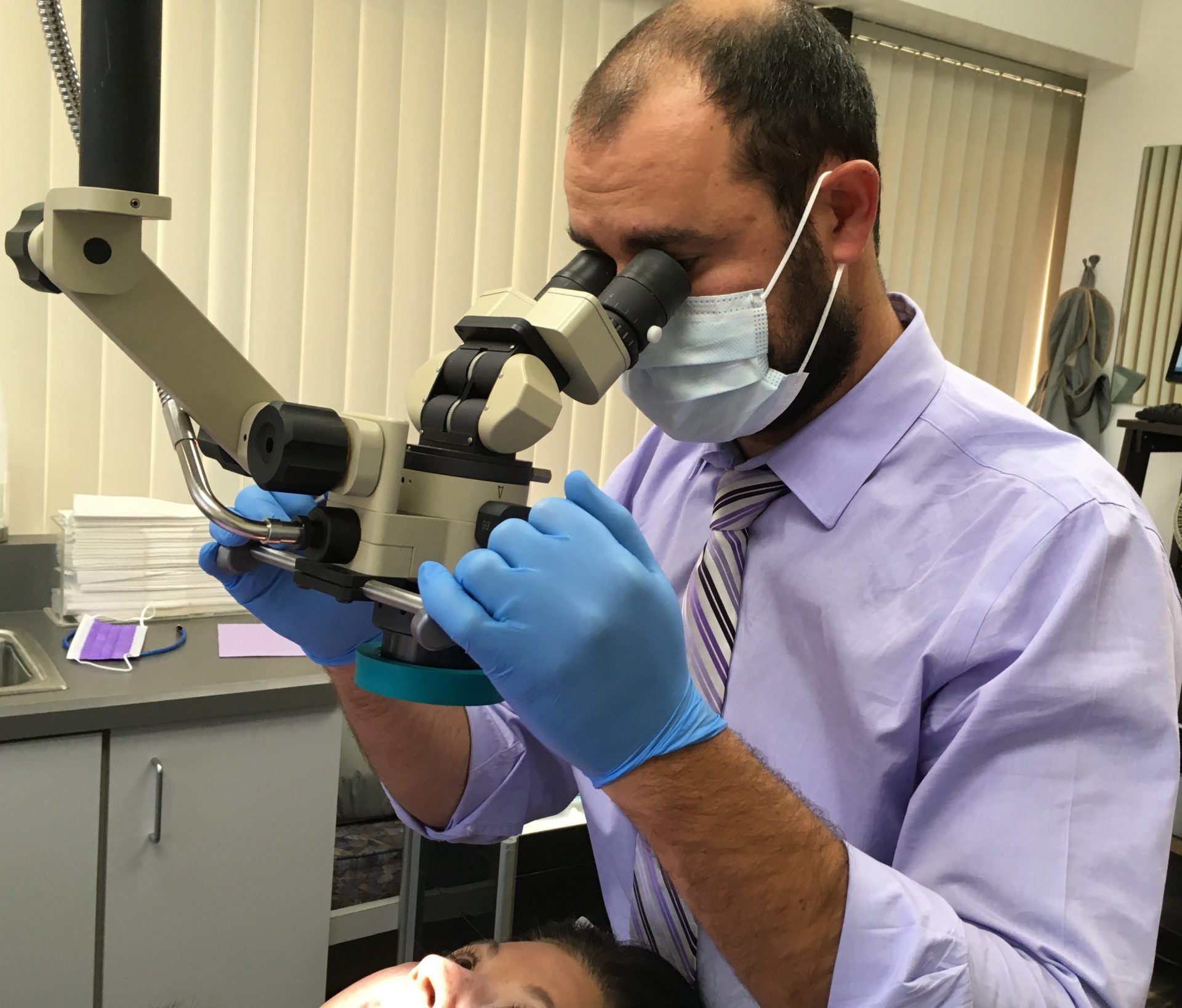
Slide title
Write your caption hereButton
DR. KONSTANTINOS HAROGIANNIS, DDS
What is the difference between a dentist and a cosmetic dentist?
Please feel free to call us to schedule visit with Dr. Harogiannis
303 - 789 - 2020Monday – Thursday: 7:30am to 5:00pm
Fridays: Appointments available upon request
Saturday - Sunday: Closed
3575 S Sherman St Suite #3 Englewood, CO 80113
Call us: 303-789-2020
Monday – Thursday: 7:30am to 5:00pm
Friday – Saturday: Appointments available upon request
Sunday: Closed
3575 S Sherman St Suite #3
Englewood, Colorado 80113
Call us: 303-789-2020
